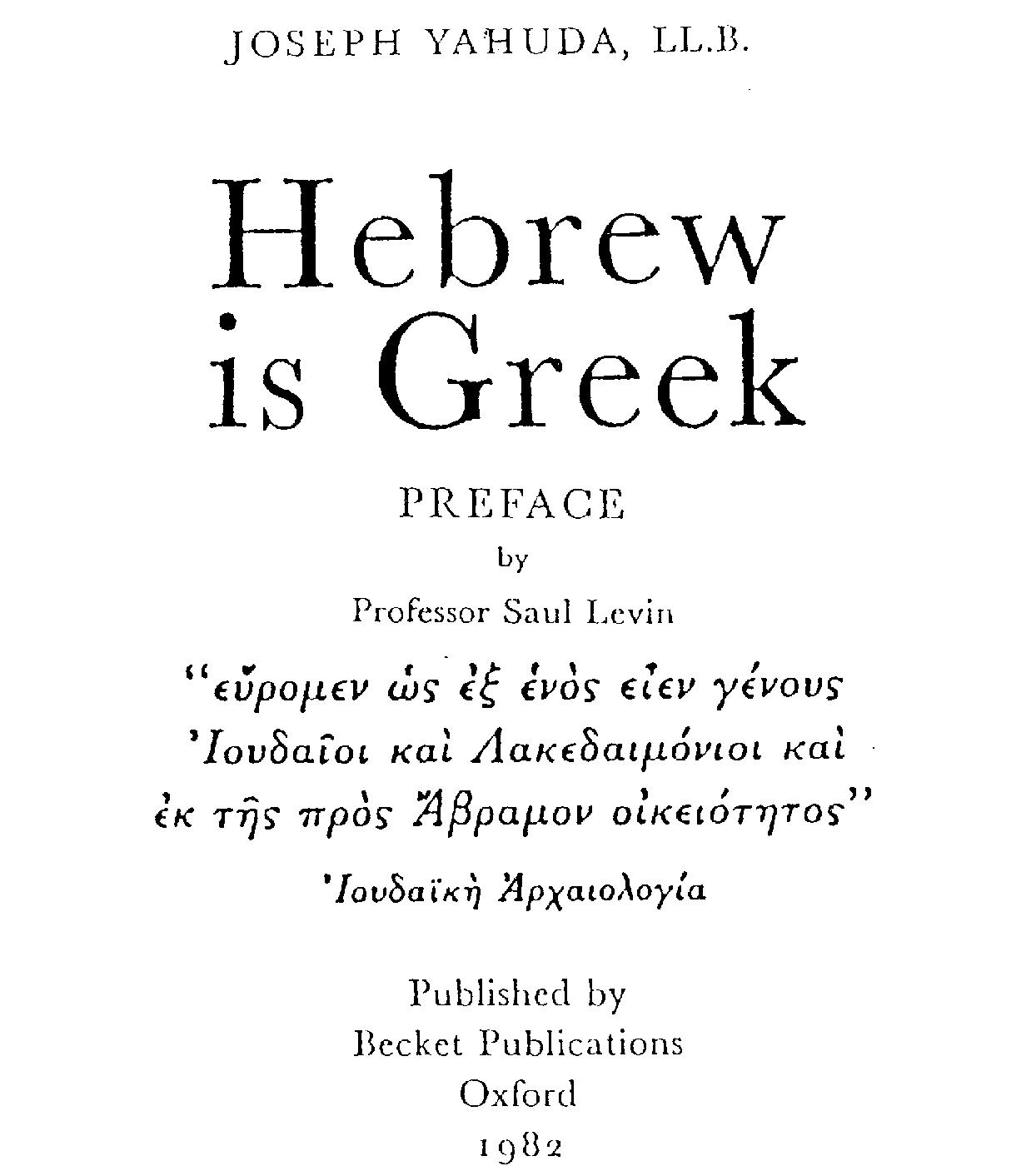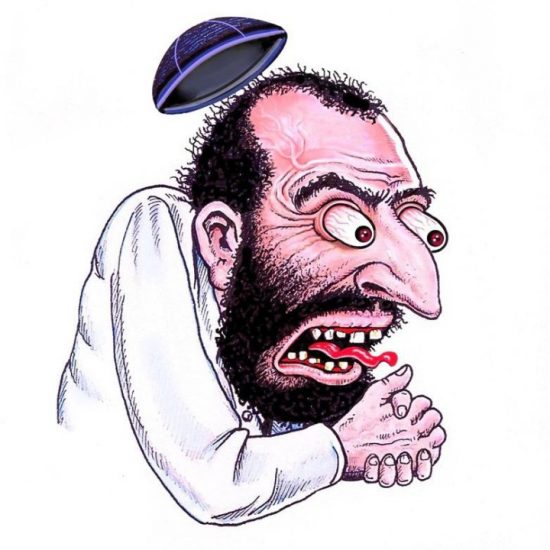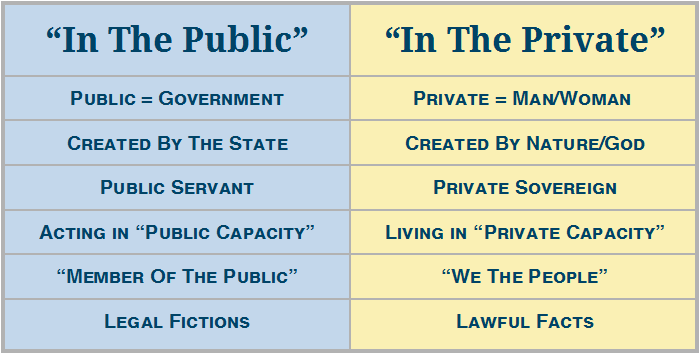When the Tea Party movement made its official debut on April 15, 2009, it made quite a political splash with events across the country protesting President Obama’s policies on that Tax Day.
Four years later, that splash looks more like pebble thrown into a pond.
Yesterday, Tea Party groups held events tied to this year’s Tax Day. The group FreedomWorks, for example, organized an “action day” at the U.S. Capitol (which took place before the Boston bombings).
But judged by its sparse attendance — dozens, not thousands, attended the FreedomWorks rally — the Tea Party is no longer a national force shaking American politics, although it has continued to influence today’s Republican Party.
Over the past four years, Tea Party’s political impact on the Republican Party and conservatism has been a mixed record.
There is little doubt that the Tea Party injected energy and enthusiasm into a Republican Party and conservatism after losing the 2008 presidential election. And that helped Republicans win the U.S. House and pick up Senate seats in the 2010 midterms.
The Tea Party also shaped the platform that the GOP’s presidential nominee, Mitt Romney, campaigned on. (Look no further than these remarks from Romney’s presidential kick-off speech in June 2011: “I will insist that Washington learns to respect the Constitution, including the 10th Amendment. We will return responsibility and authority to the states for dozens of government programs.”)
But the same energy and enthusiasm that moved the GOP to the right also contributed to the party losing winnable Senate seats in 2010 and 2012 (like in Colorado, Delaware, Indiana, and Nevada).
And the platform Romney campaigned on in 2012 turned out to be the losing one.
One reason why the Tea Party, four years later, has moved from a political force to relative afterthought is its unpopularity. According to a Jan. 2013 NBC/WSJ poll, only 23 percent of Americans viewed the Tea Party positively, versus 47 percent who viewed it negatively – down from its net-positive 28 percent-to-21 percent rating in Jan. 2010. (But the same 2013 poll found the Tea Party still remains popular among GOP respondents.)
Another reason was a story like this one — about FreedomWorks — from late last year:
“The day after Labor Day, just as campaign season was entering its final frenzy, FreedomWorks, the Washington-based tea party organization, went into free fall. Richard K. Armey, the group’s chairman and a former House majority leader, walked into the group’s Capitol Hill offices with his wife, Susan, and an aide holstering a handgun at his waist. The aim was to seize control of the group and expel Armey’s enemies: The gun-wielding assistant escorted FreedomWorks’ top two employees off the premises, while Armey suspended several others who broke down in sobs at the news.”
Yet perhaps the biggest explanation for the difference between four years ago and now is because the Republican Party essentially co-opted the movement.
Consider the Tea Party’s calls for balanced budgets, liberty, states’ rights, and the elimination of earmarks — they’re all staples of today’s GOP.
(Of course, this isn’t too dissimilar from how some of Occupy Wall Street’s populist rhetoric and language was co-opted by Democrats and President Obama during the 2012 presidential campaign.)
And that’s what often happens to social movements, according to some political scientists: The major political parties co-opt them.
So while attendance at a Tea Party rally might decline four years later, its ideas and platforms have become fixtures of American politics.
Source Article from http://firstread.nbcnews.com/_news/2013/04/16/17780916-the-tea-party-four-years-later?lite&ocid=msnhp&pos=1
Views: 0
 RSS Feed
RSS Feed

















 April 16th, 2013
April 16th, 2013  Peter Nolan
Peter Nolan  Posted in
Posted in 
















